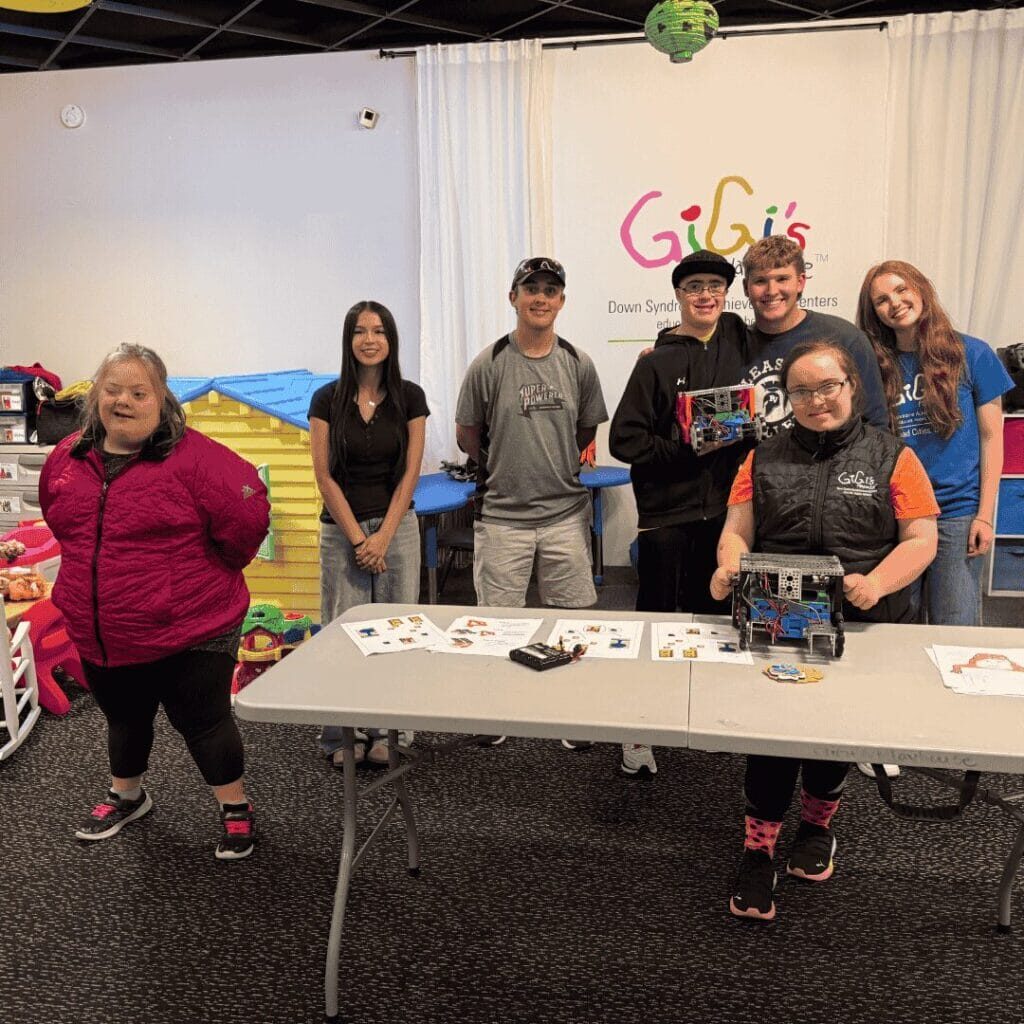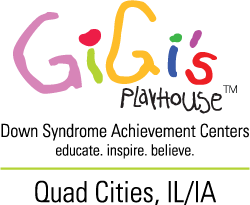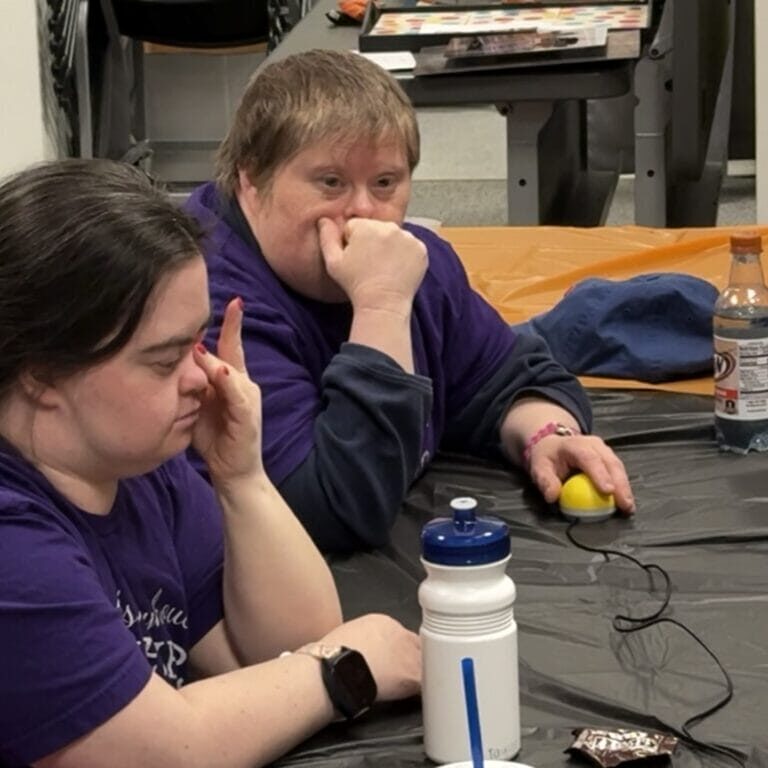Everyday Speech and Language Skills: At The Dinner Table
Everyday Speech and Language Skills: At The Dinner Table
We are going to start a new series about how to incorporate speech and language activities in your everyday routines. One of the most beneficial and one I have fond memories of when I was a child was talking at the dinner table.
Sometimes life is so busy that we forget how important it is to slow down and spend some time talking and listening to our family. Our children learn how to communicate by the example we set. Take some time and show them how to communicate. Here are some ways while you are at the dinner table.
- Asking questions: It is important, even at a very young age, to ask questions to everyone around the table. Mom, dad, sister, brother, dog, fish, whomever! I know pets can be a silly thing, but kids love seeing you be silly! Show your child a communication exchange with asking and answering questions. This is more than “How was your day?” “Good thanks”. This is spending the time to learn about someone’s day, “Tell me something exciting that happened today?”, “What did you see on your way home?”, “What was your favorite activity at school?”, even asking your toddler, “What did you do today?” and waiting for a response is perfect. They may not use words, but they may babble back at you. Take this for an answer and if you know what he/she did that day, express this to the rest of the table.
- Use self-talk: This sounds quite strange, but to help our children build vocabulary skills, we can easily teach them new words indirectly. Children a wonderful at repeating things, even sometimes things they shouldn’t be; so, hearing language a speech from you is what he/she needs. Here is an example, on how to work on colors:
- Say you are eating spaghetti with a salad. You can easily say: “Look what I am eating, I have a green salad, with orange carrots and cheese and red tomatoes. I have yellow spaghetti with red sauce and white cheese on top. “
- You can use this same meal to talk about describing words: crunchy, soft, hard, juicy, etc.
- Request items: You can work on manners using “please” and “thank you” as well as expressing what he or she wants. You can expand utterances by showing your child how to use more words. So, instead of “cookie” or “milk” you can say “want cookie” or “want milk” or “cracker please”, etc. You could also work on identifying family member’s names when you ask for items. (“Mom, could you pass the bread please?”).
- Make a Plan: Talk about all the things that have to happen the rest of the night. These could include: TV time, bath/shower, story, bed time, etc. Then make a plan for the next day. Make sure to include all the things that must be done. If there is free time, allow your child to pick an activity and ask some questions like, “what would you like to do?”, “how will you do it?”, and “why does that sound like fun to you?” You could even take the time to write down your plan.
I hope you try some of these soon and leave a comment about how they work. Remember it is good to do at least one of these every meal. It takes everyone time to get into the routine, but once you have that, I know you will see improvement with everyone’s communication! I look forward to hearing from everyone.
Recent Posts



